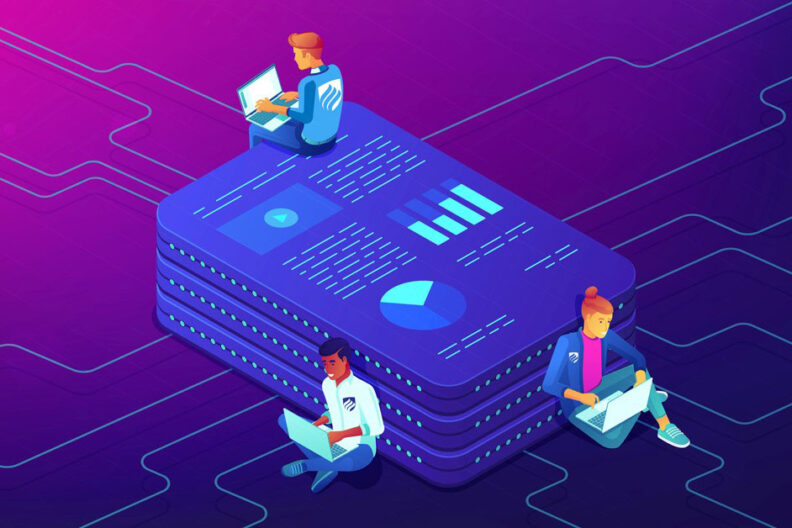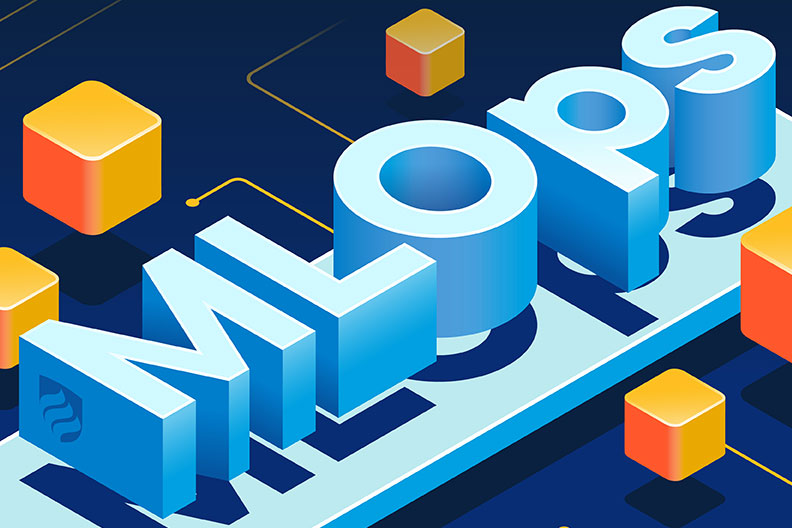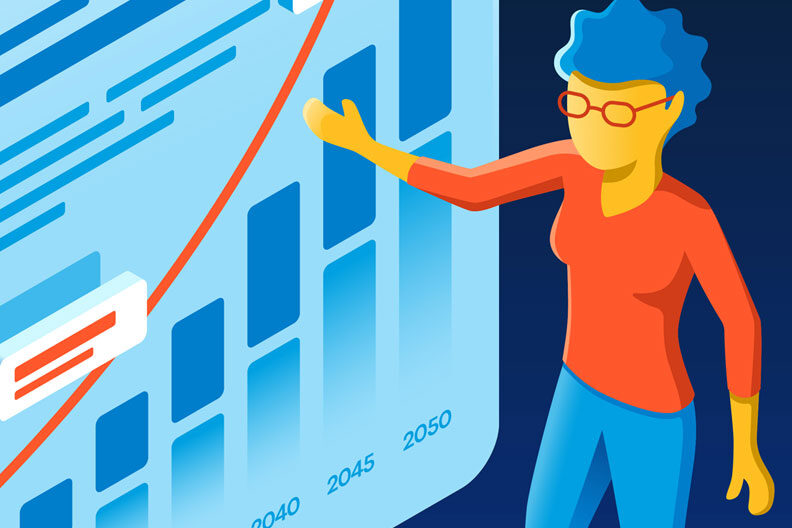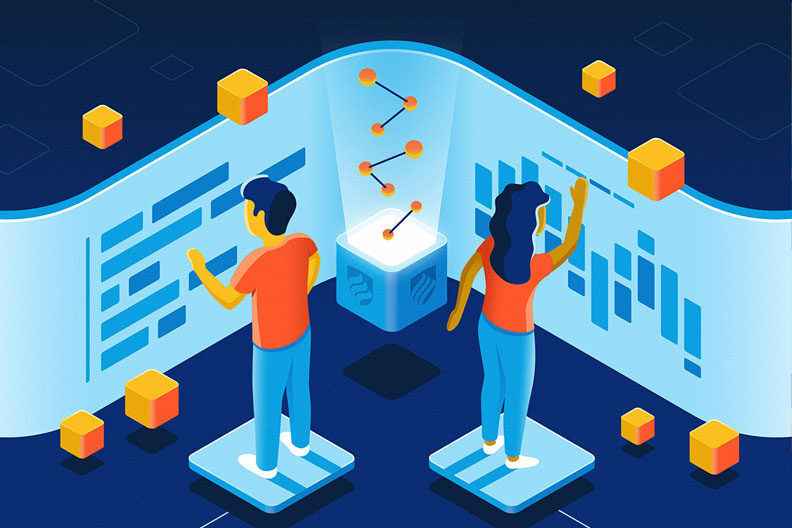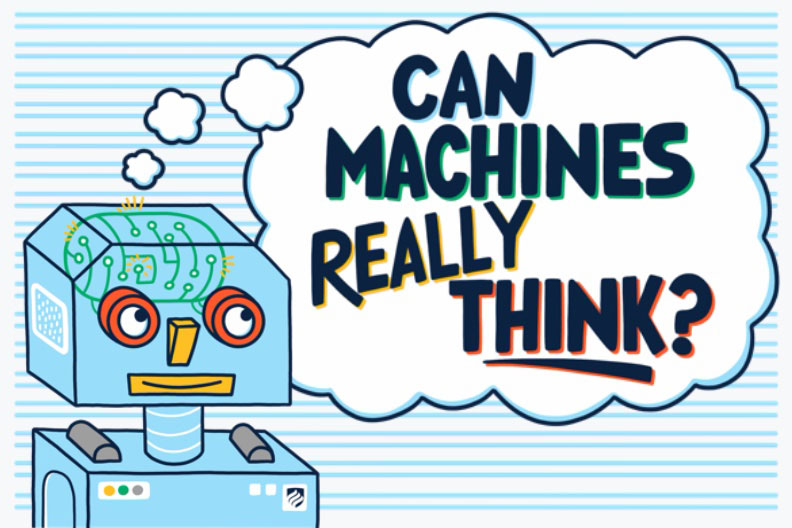Intelligent Automation: The Next Step for Smart Businesses
UNLIMITED DATA | BY JAMES KULICH AND JOHN AARON | 6 MIN READ

What comes to mind when you hear the word “robot”? Perhaps you imagine a character in a sci-fi movie or, if you are in a field like manufacturing, you picture a shop floor with sophisticated devices automatically completing large parts of the production cycle.
Well, what if your robot is not a physical device? What if it is just software?
You have almost certainly engaged with some form of software bot. Have you used an expert system or a virtual assistant? How about a chatbot? These are all forms of software robots, and each is an example of a move toward intelligent automation.
Robotic Process Automation
Software bots are the heart of an emerging area of technology known as robotic process automation, or RPA. As Clint Boulton of the publication CIO notes in a recent post, RPA is a form of technology, governed by business logic, designed to automate routine business processes. Examples include generating automatic responses to emails, processing customer orders, processing payroll, facilitating data transfer between business systems, or any business processes that are clearly defined and readily mapped.
Organizations look to RPA to eliminate tedious tasks. One goal is to achieve efficiencies and cost savings. Another goal is to free workers to focus their energies on tasks that are of higher value.
Intelligent Automation: The Next Generation
RPA, when applied to routine tasks, can be quite basic and often does not require costly investment in sophisticated software. But, what if the capabilities of RPA were combined with those of machine learning? The door opens to a newly developing set of capabilities known as intelligent automation or IA, which in turn creates the possibility for automating business processes that are not routine.
My colleague, John Aaron, has explored these ideas in the realm of project management and has developed a system called PRIMMS. This system offers capabilities to automate the detection of upcoming significant project risks. Most recently, John has been considering applications of machine learning and artificial intelligence to broader complex business processes. I asked John to provide a quick illustration of his thinking.
An Example from John Aaron
Part 1
Our example begins as a story. Let’s assume the role of a naval ship captain in the 17th century. Our mission is to leave the south port of the British Isles, sail the eastern coast of the island and deliver supplies to the northern port in no more than 30 days. The captain schedules an intermediate stop at the center of the island for day 18.
The cruise begins as planned on day 1, and all appears well. On day 12, however, the captain compares his actual sailing progress with benchmarks visible on the island coast. The captain notices that the wind has reduced and the ship is now significantly behind plan. Based upon actual performance to date, the captain estimates that the ship will not arrive at the northern port until day 40.
Because the delivery of goods to the northern port by day 30 is time-critical, the captain decides that the ship must accelerate to get back on plan and must then maintain an appropriate velocity in order to arrive at the northern port by day 30. The captain further decides that the wind will remain insufficient, and the crew must row all the way to the northern port.
So the captain engages 20 of his crew members and sets a rowing rate based upon his best guess of the velocity that will be needed to get back on schedule. The captain wants the ship to travel at the required rate but not faster to avoid exhausting the crew. The captain orders the ship’s drummer to begin beating the drum for “attack” speed, and the rowing crew synchronizes its rowing rate to the frequency of the drumbeat.
The captain’s plan calls for the crew to row at a very high rate in order to get back on plan by day 18. If the ship arrives at the mid-isle port by day 18 as planned, the captain will then change out his rowing crew and continue the journey with a new rowing crew operating at “cruise” speed. The captain’s estimates and control plans are very imprecise given the capabilities available at that time.
Part 2
For part 2 of our example, we imagine a time machine that enables the captain to be gifted with a modern-day computer along with state-of-the-art statistical learning tools and mathematical control techniques. How might the captain take advantage of these capabilities to meet the mission of the journey and optimize performance? The captain begins by building some models using his software tools.
The captain uses his knowledge of physics to create a framework for his software models. He examines the relationships between forces involved and velocities the ship must attain. The captain then creates a collection of simulations using his software and, from these, develops an estimate for the variable rowing rates he will need to achieve his goal of on-time arrival.
Next, the captain uses his software to convert these rowing requirements to a precise set of instructions for the drummer who is giving the crew their pacing beats.
With his planning completed, the captain is now ready to build and deploy a fully operational control system. The system contains a speed sensor that feeds current state information to a machine learning forecast that compares actual versus planned performance. Any differences between actual and planned are instantly modeled by the system, which automatically sends a signal to the drummer to adjust his rate of beats to keep the vessel on track.
Implications for Business Process Performance
One of the most important applications of modern data science tools and techniques is to manage business process performance in a more effective and efficient manner. Six Sigma practitioners have historically used control charts and other statistical tools for this purpose. In a complementary way, control engineers have traditionally used mathematical techniques to keep the system performances of dynamic devices such as aircraft and automobile cruise controls on track.
Now with the availability of modern machine learning, deep learning, and reinforcement learning, the tools and techniques from both fields can be combined to take business process improvement and control to a higher level of performance.
Our approach in Elmhurst University’s Master’s in Data Science and Analytics program is to focus the full power of today’s data science on creating value in organizational and other settings. I welcome your thoughts on this post.
About the Authors
 Jim Kulich, pictured, is a professor in the Department of Computer Science and Information Systems at Elmhurst University. Jim directs Elmhurst’s master’s program in data science and analytics and teaches courses to graduate students who come to the program from a wide range of professional backgrounds. John Aaron is an adjunct professor in Elmhurst’s Department of Computer Science and Information Systems and brings more than 20 years of experience as a project management consultant to the role.
Jim Kulich, pictured, is a professor in the Department of Computer Science and Information Systems at Elmhurst University. Jim directs Elmhurst’s master’s program in data science and analytics and teaches courses to graduate students who come to the program from a wide range of professional backgrounds. John Aaron is an adjunct professor in Elmhurst’s Department of Computer Science and Information Systems and brings more than 20 years of experience as a project management consultant to the role.
Earn a Master’s in Data Science
Ready to explore coding languages, algorithms and process automation? Use the form below to request information today!









